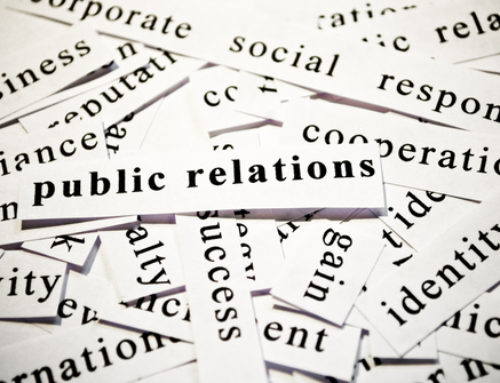It’s not a matter of if, but when. All organizations spanning all business sectors face the reality of crisis. Privately held mom-and-pop shops, publicly held conglomerates and nonprofit foundations should all share equally in this concern. None are immune. Whether act of God or act of Man, a crisis will hit and, by its very nature, will hit when least expected.
Over the past four decades I’ve had the fortune or misfortune of helping clients successfully confront myriad crises ― from on-and-off campus shootings and cyber hacking to the kidnapping of a baby and a major earthquake’s epicenter hitting smack in the middle of a client’s property. I’ve also watched (along with the rest of the country) as airlines, financial institutions, college athletic programs, business leaders, and government officials try to successfully navigate through crisis and come out whole at the other end.
CEOs and business owners intrinsically know that crisis preparedness is essential and the smart leaders have crisis communication plans in place. So why do so many of these plans fail? There’s at least five good reasons.
Failure to build trust equity. Communication at time of crisis is only successful if people believe that what you say is true. But the time to build that trust is not when a crisis hits. That’s too late. The honeymoon is over. Trust must be built throughout the year through candid, timely, and frequent communication. In this growing era of consumerism and transparency, organizations and their CEOs must be committed to practicing daily the four most important elements of trust: integrity, honesty, promise-keeping, and loyalty. Only when they have those tenets as their foundation can they truly hope to influence public perception when they need it most.
The wrong spokesperson. Who speaks is just as important as what is said but sadly not enough thought is given to this critically important strategic decision. Have a CFO speak and viewers and readers immediately feel that decisions being made are profit-motivated rather than doing what’s right. A PR spokesperson leads to skepticism of “spin.” Have legal counsel speak and suddenly the issue takes on a whole new meaning. That leaves the CEO, but does every issue warrant rising to that level of perceived importance? And what if the CEO isn’t good on camera…or won’t stick to message points…or carries some baggage themselves? The fact that a CEO can stand up in front of a packed audience and perform beautifully doesn’t guarantee that he/she will perform well when a camera is pointed their way for a one-on-one. Deciding on a spokesperson and having that person properly media-schooled will make or break a story and have companywide implications for years to come.
Discounting internal audiences. Employees are the ambassadors to your customers and represent the best vehicle to set the record straight. But they are also the greatest source of rumors (usually negative) and their harmful impact. Good crisis communication begins with informing your internal audiences of what is going on, what are the facts and, most important, what actions you intend to take. Employees will want to know how this crisis affects them personally (their job security, pension plan, etc.) and then the company collectively. Understand this and respect the tensions between these two strains. That means taking the necessary time to make sure all employees are in the know. For small companies, nothing replaces face-to-face communication. For larger companies with multiple locations, leverage today’s communication technologies to disseminate messages through whatever multiple channels are most likely to resonate with your employee base.
Not controlling the narrative from the get-go. People remember the first thing that is said. That makes it critical to control the narrative early on and not let someone else define the issue or the circumstances. Doing so immediately puts a company on the defensive and the aftershocks can hover like a bad smell without letting up. That means you need to respond to crisis in a timely manner – the more you wait, the more damage can be done. At that same time, often in crisis all of the information is not immediately clear so full disclosure of the situation or your company’s response may not be available as quickly as you, the media, or your public may like. That’s why it is important to have “holding statements” at the ready ― messages designed for use immediately after a crisis breaks. These can usually be developed in advance and framed around a wide variety of scenarios for which the organization perceives itself to potentially be vulnerable. They often include expressing empathy and concern when victims are involved (deflecting blame comes off as insensitive and uncaring). Then, as more information becomes available, these holding statements can be replaced by more specific information delivered in a timely and transparent fashion.
Ignoring the changing dynamics of the situation. Too many crises end in cataclysmic failure because companies fail to realize that the initial story is often just the appetizer. Companies need to actively monitor the situation to gain insight into how various stakeholders are feeling. PR should monitor the media and social media while customer relations might monitor customer/member calls and investor relations might monitor investor and regulatory inquiries. As situations change, companies need to continue communicating and need to challenge incorrect information, misconceptions, or speculation that may be circulating. Trust- seasoned PR counsel as to the nuances of when more communication is needed vs. the trap of unnecessarily resuscitating a story that is about to die. This requires doing what any good communication program should do: listen.
This post was originally published in The Journal of Values-Based Leadership http://scholar.valpo.edu/jvbl/vol11/iss1/2/.




